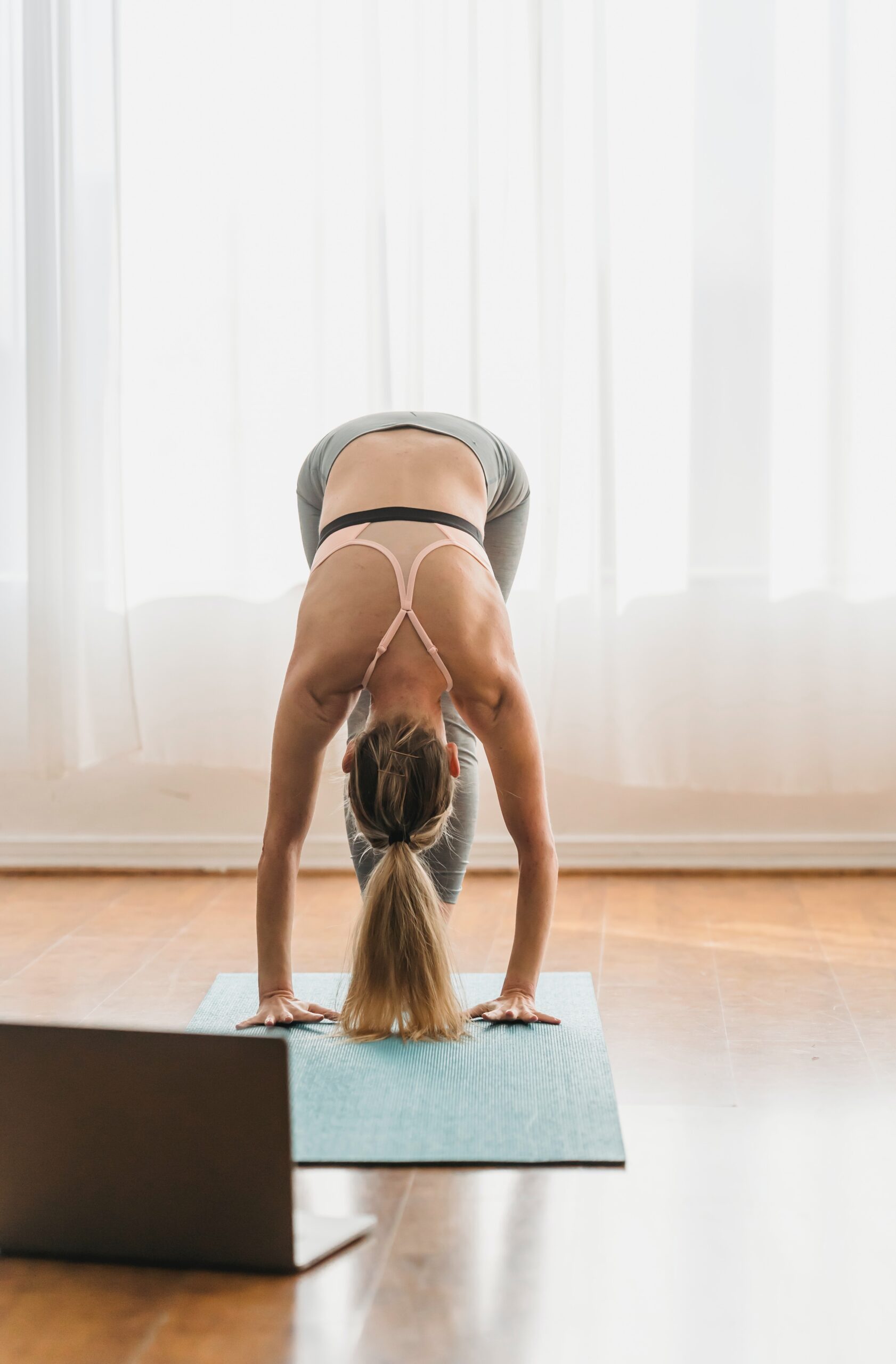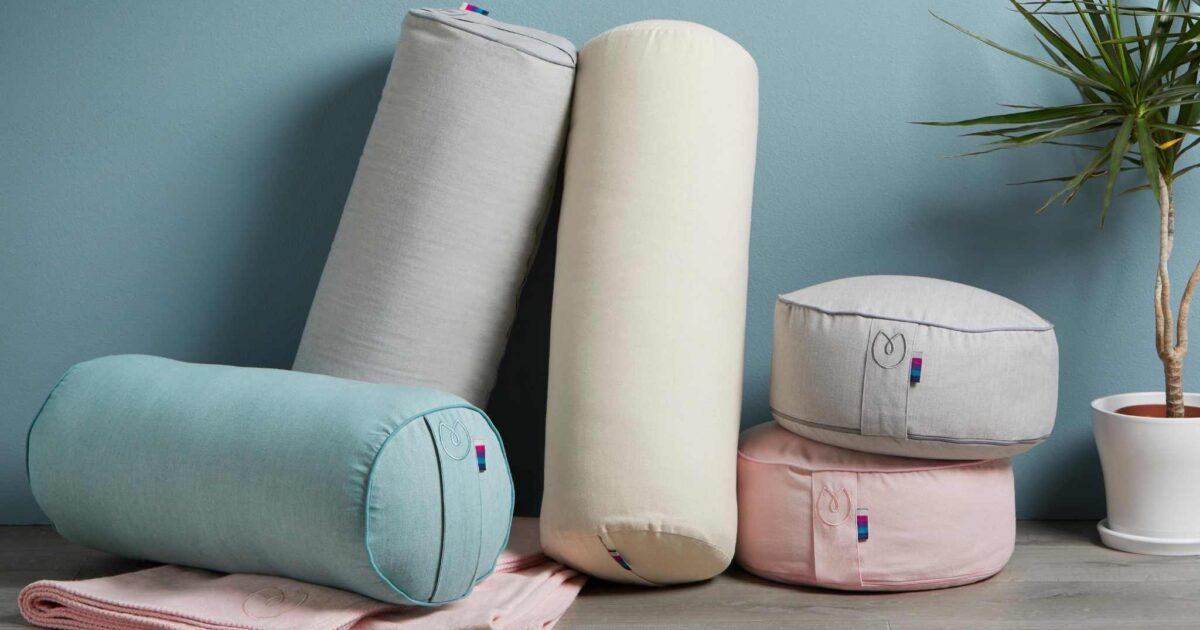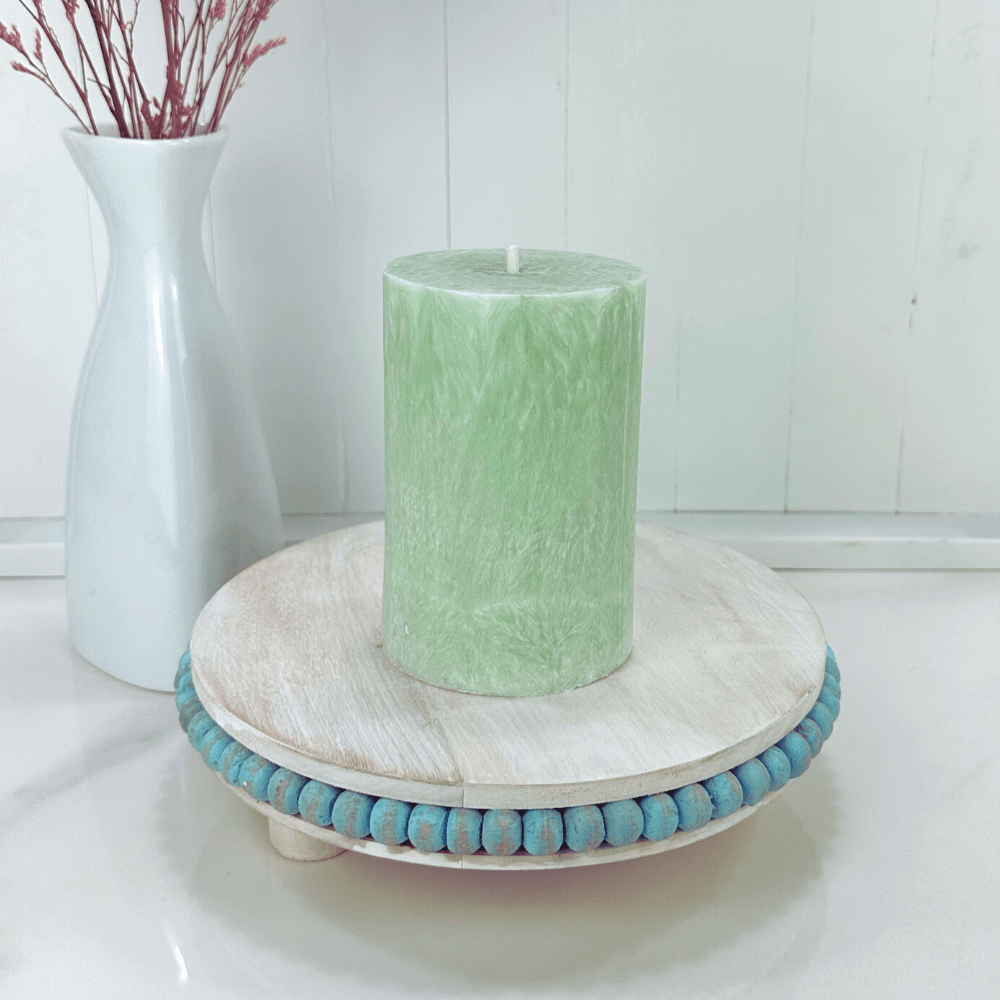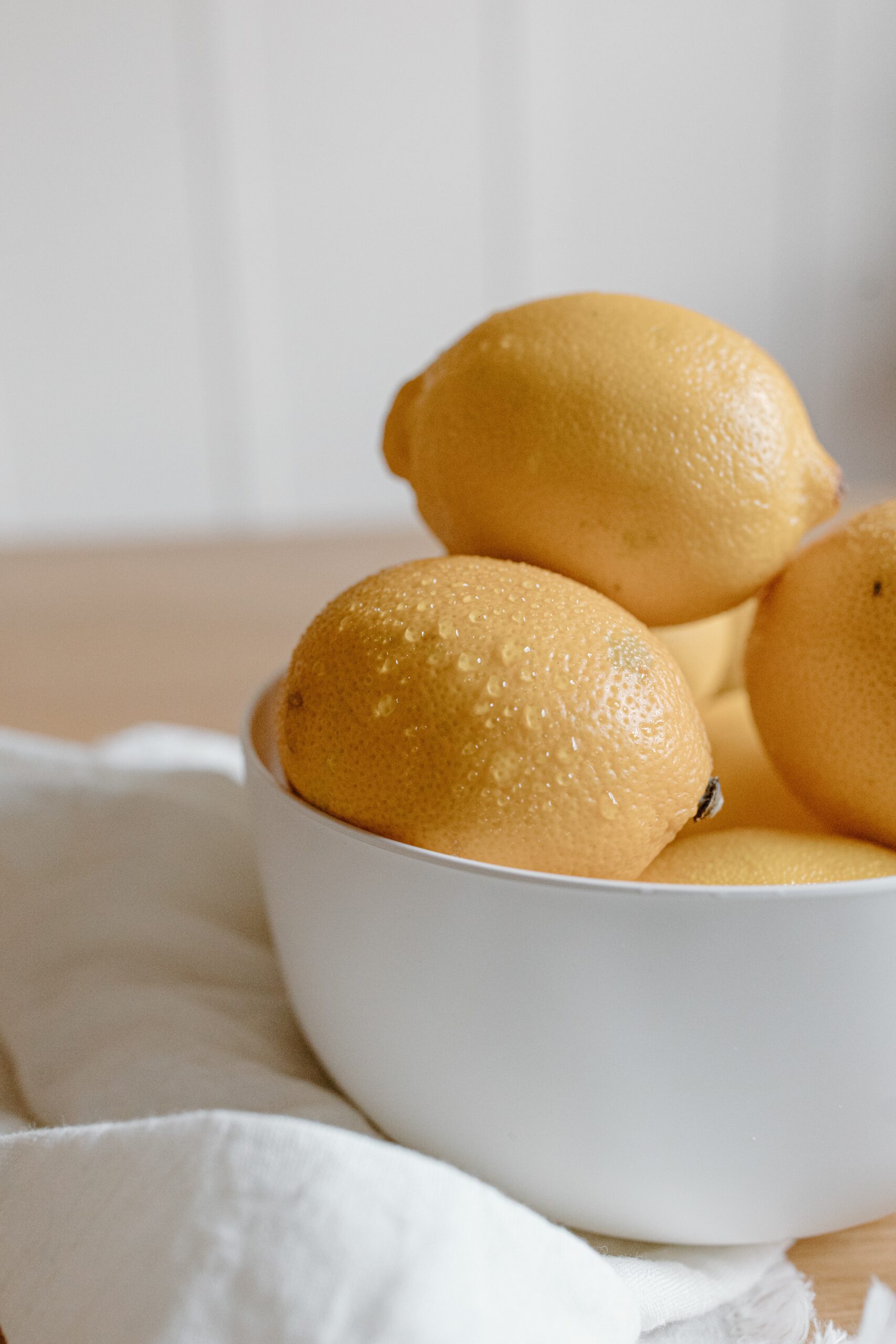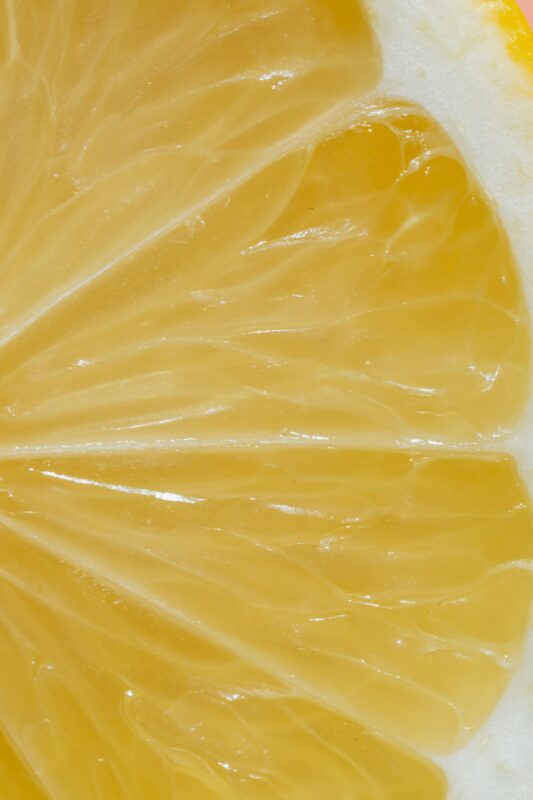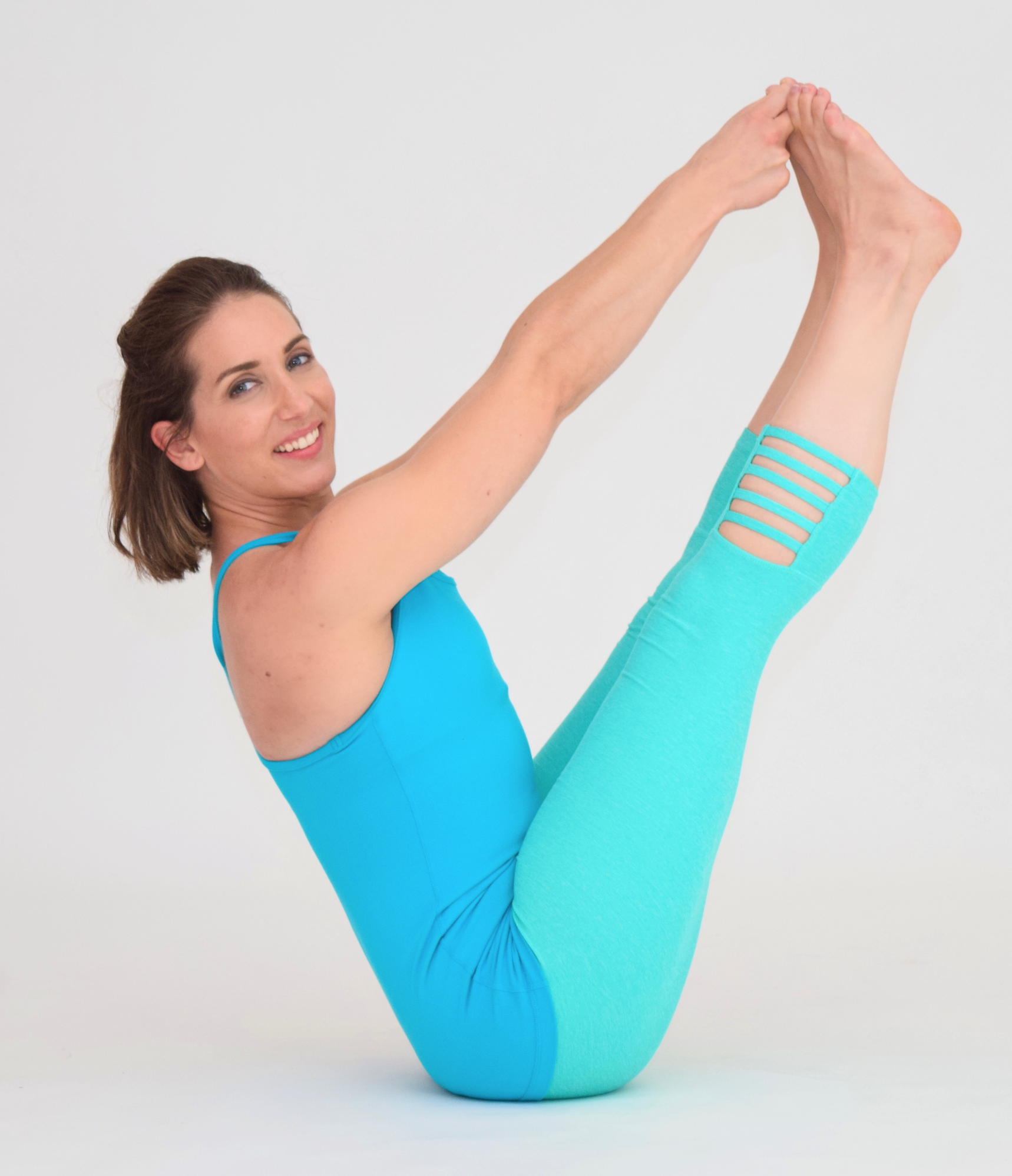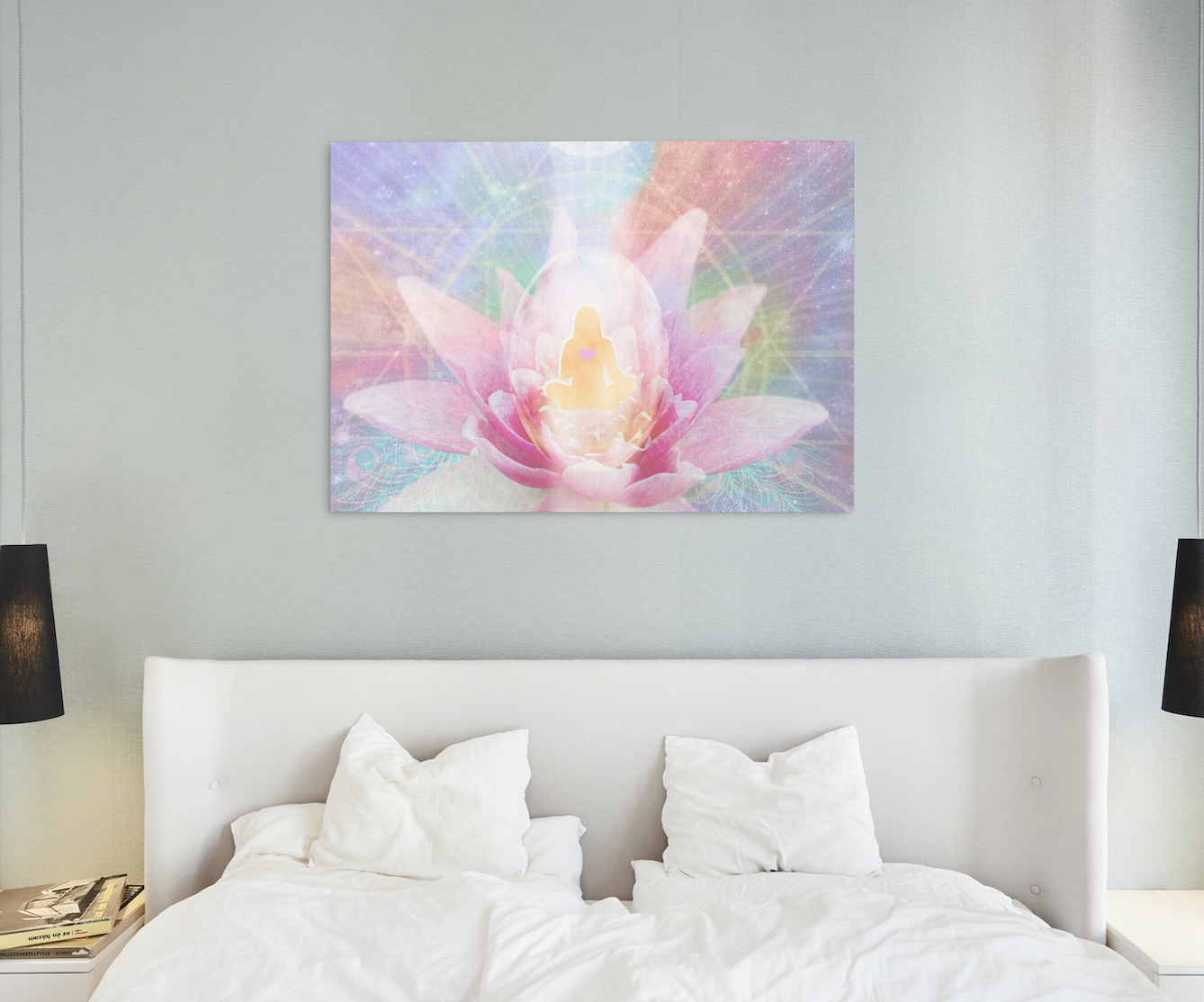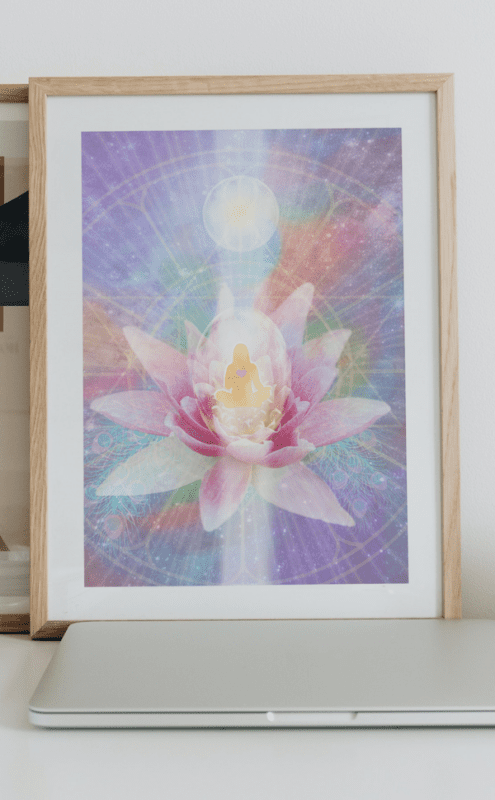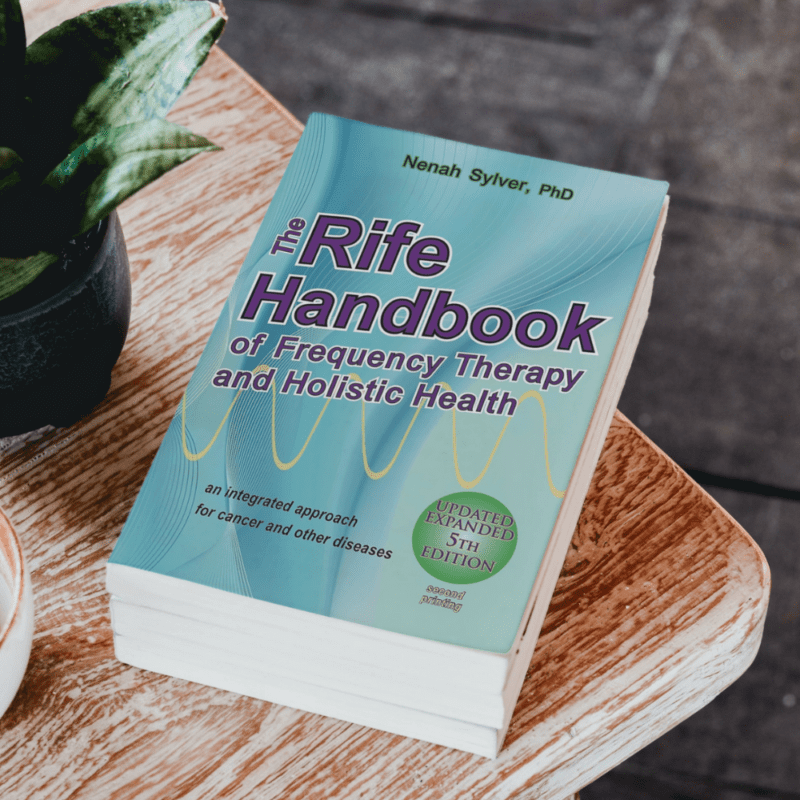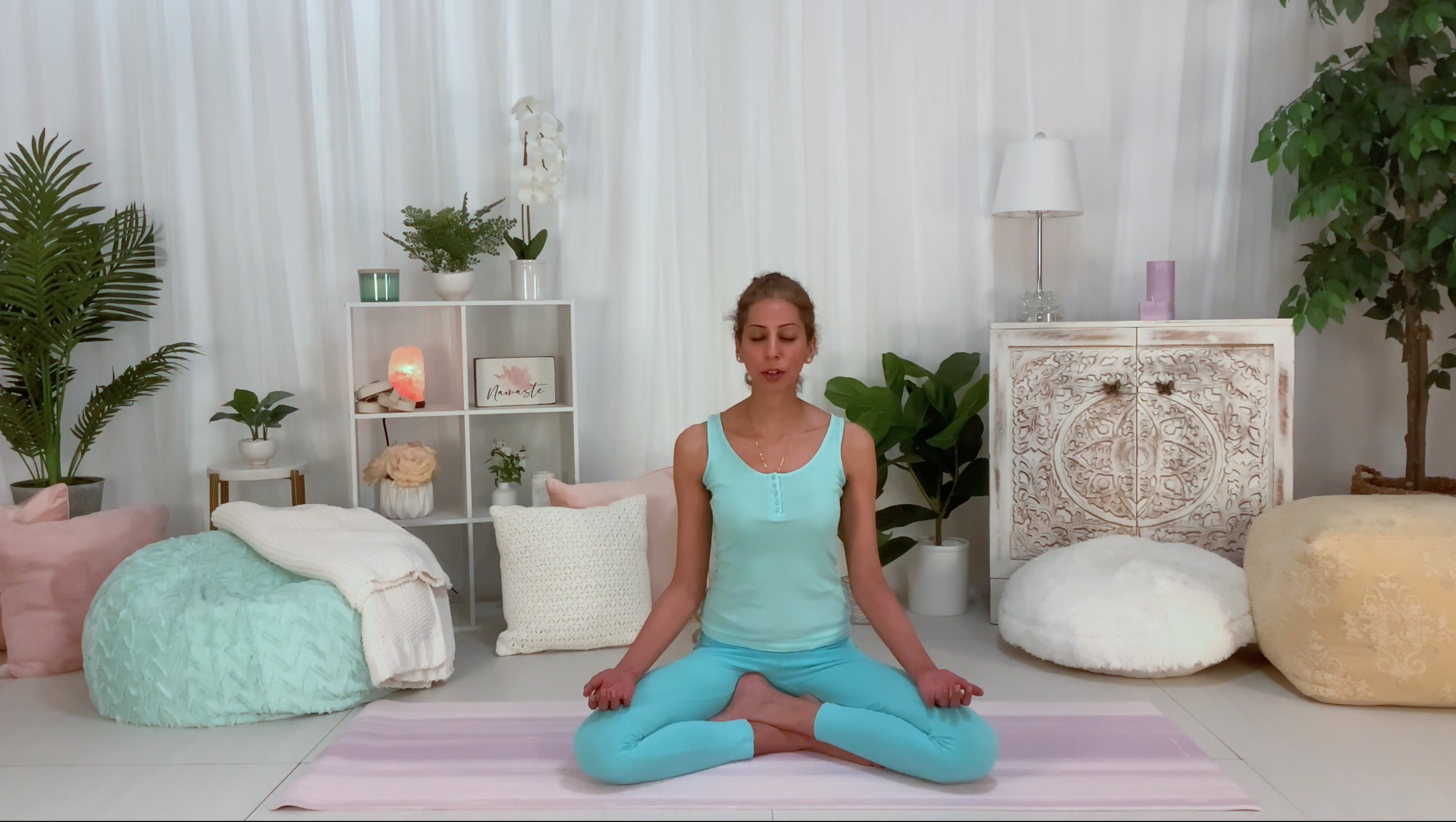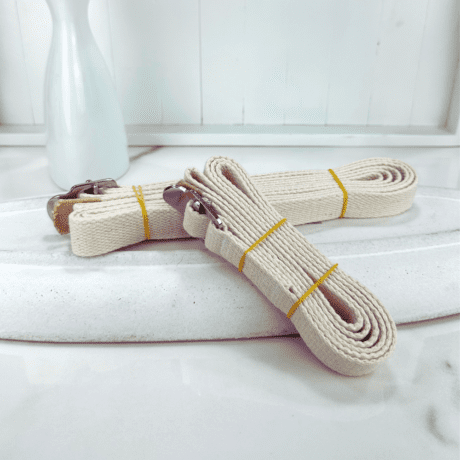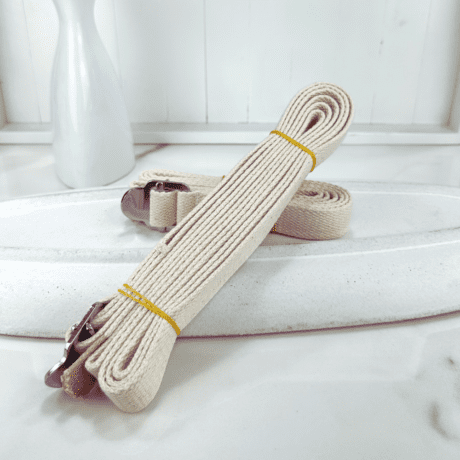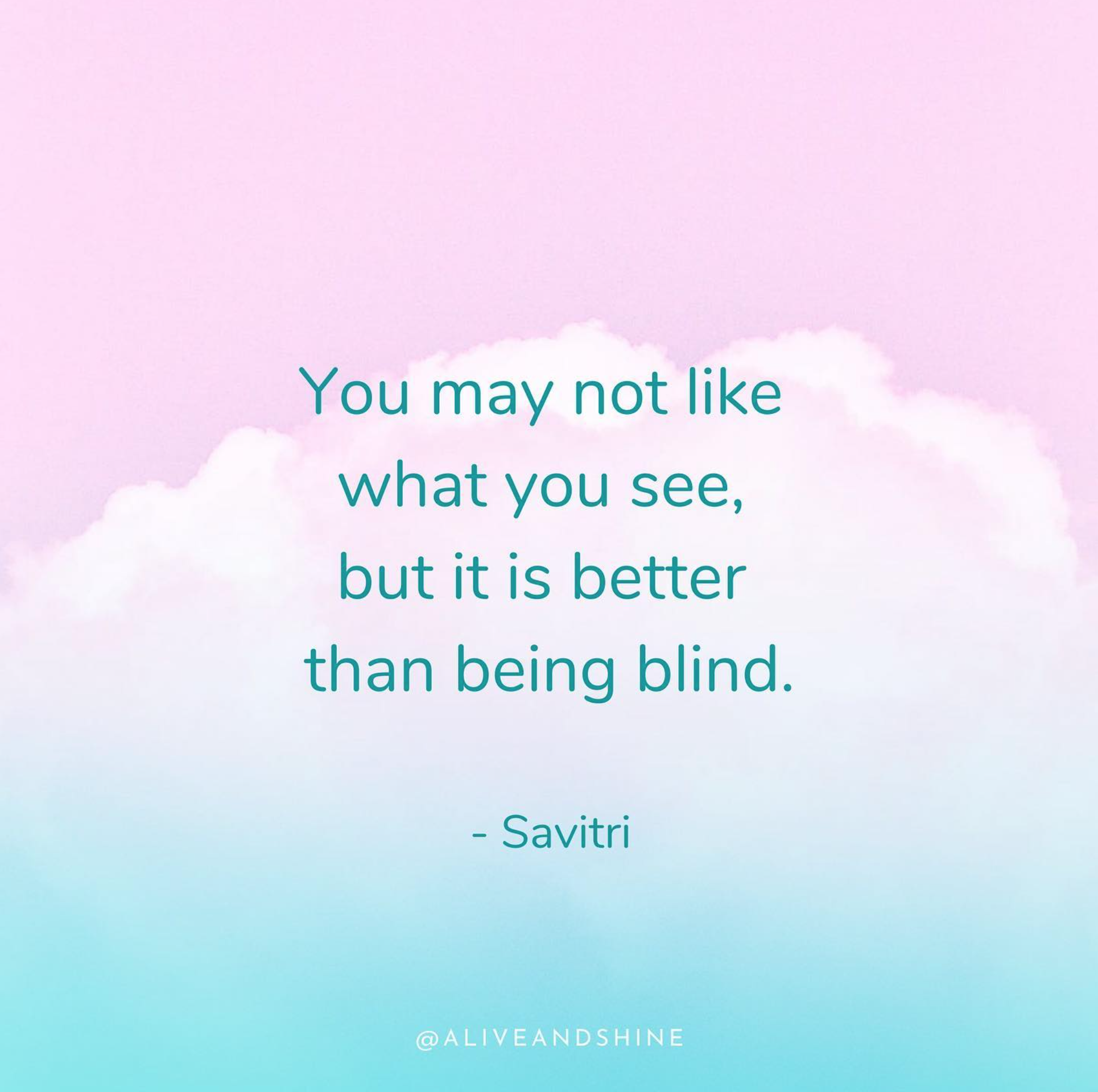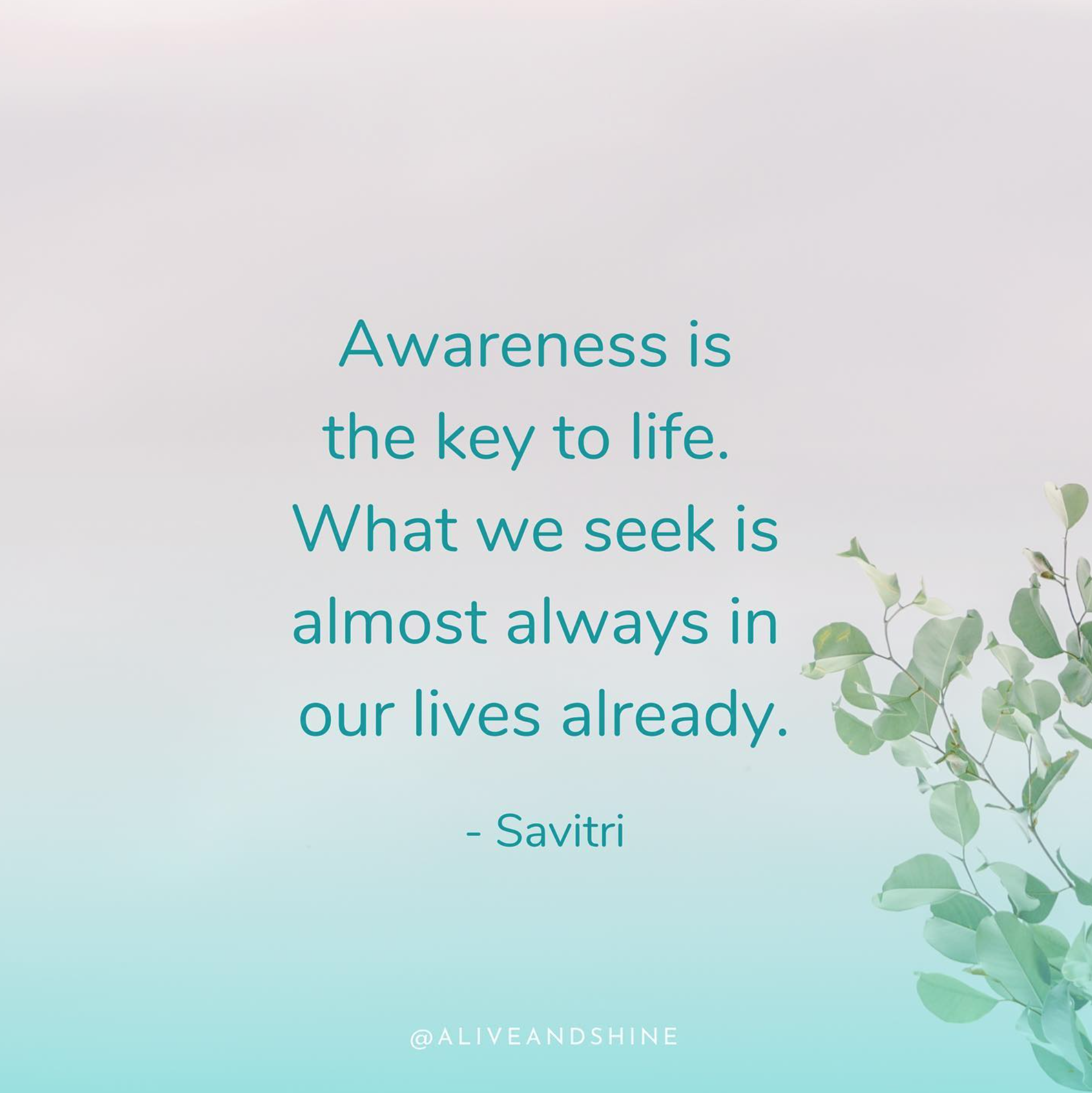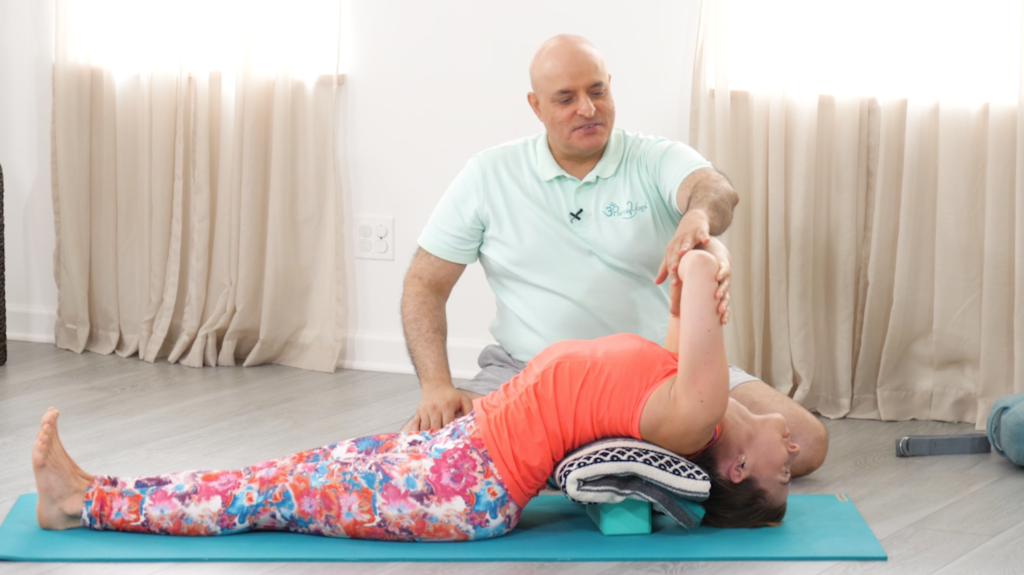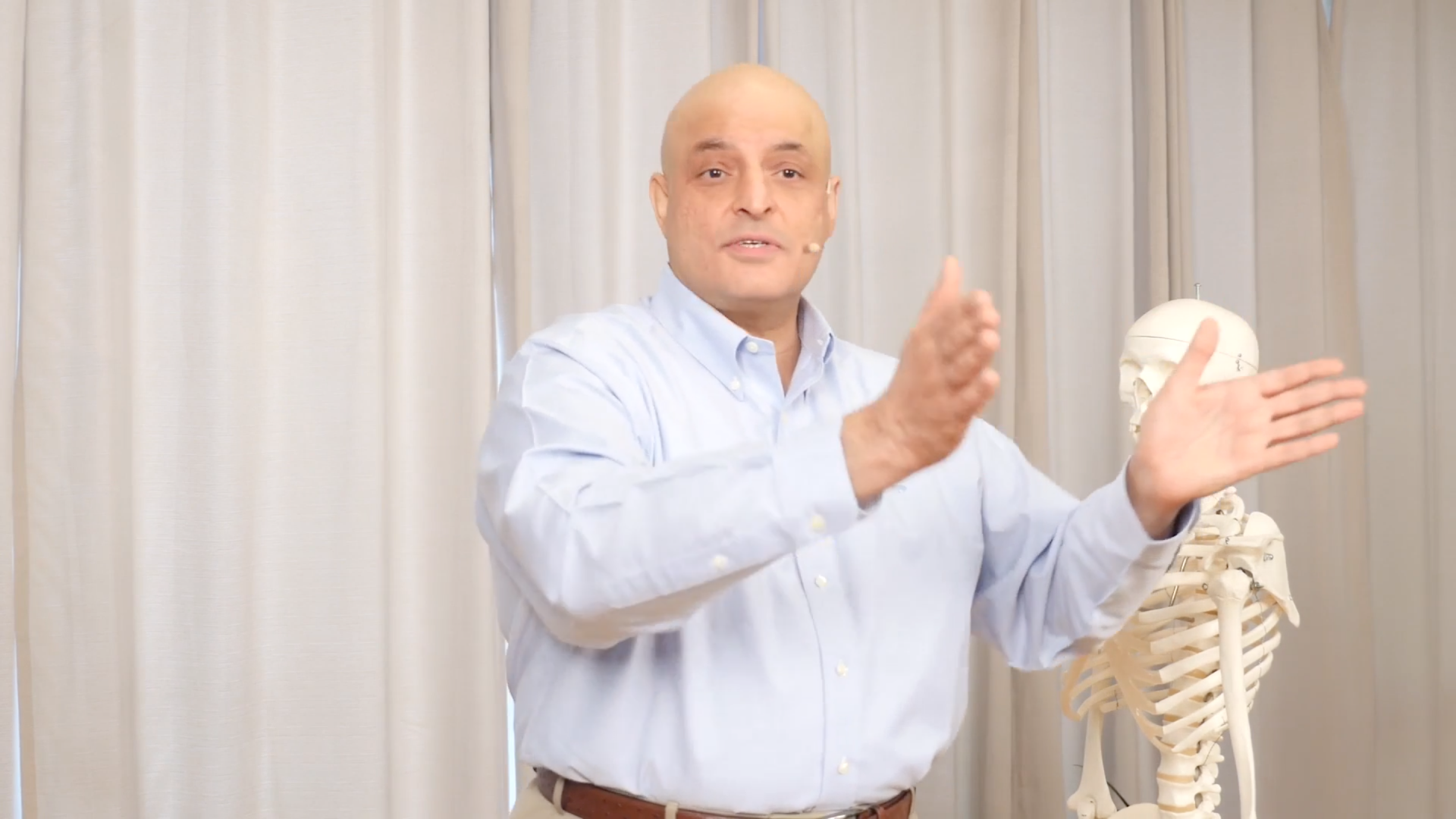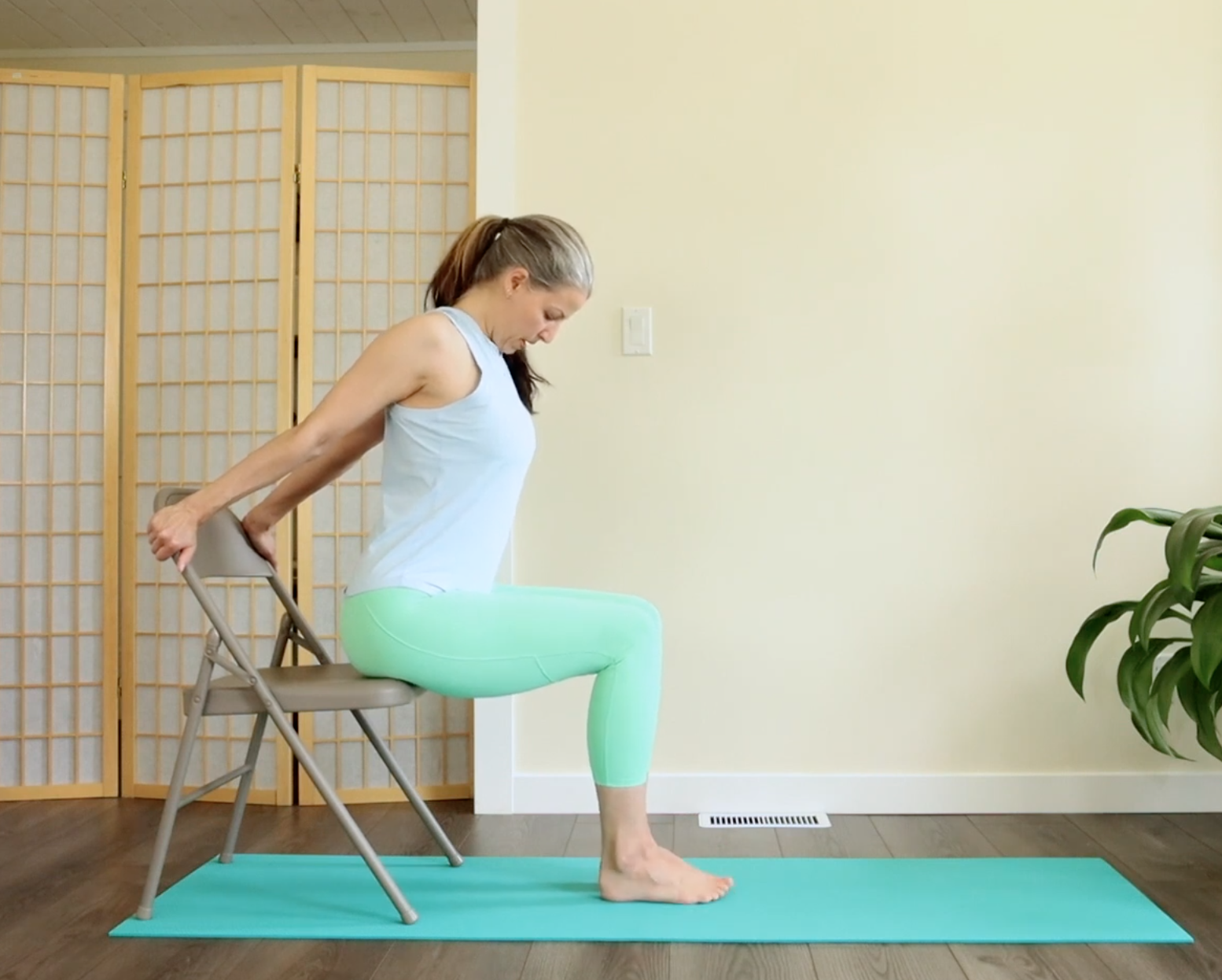All our lives we hear of the importance of having a “balanced diet.” Yet, when viewed through yogic eyes, this popular conception (like most) proves to be, even on its best days, merely a half truth. What we require is not a balanced diet but a balancing diet. We require a diet that balances us, not itself.
In the same way, our personal asana practice should not be balanced but should balance us, and our asana classes should balance our students. Since most of our students are in varying states of imbalance, our classes, if rightly conceived, will often appear to be imbalanced to the untrained observer.
Health and yoga are all about finding balance. Effort and rest. Elimination and assimilation. Yang and yin. Day and night. Extreme action leads to death and so does extreme inaction. Finding balance leads to health.
I know many teachers who believe that they have failed as teachers if, at the end of class, their students are not drenched with sweat and exhausted. Yet, our goal should not be to further exhaust our students but to make them whole.
It’s a struggle to work against the notions that already exist in our society. We are taught to work hard and ignore the body’s pleas for rest, substituting coffee and stimulation for the nap or extra hour of sleep which would otherwise restore us. Because of this, our students usually come to class in varying states of exhaustion. Doing an entire practice of intense movement causes an exhausted nervous system to become thoroughly depleted. Of course, moving a student vigorously is important since most people don’t move enough in their daily lives of sitting in chairs all day, achy, and chronically stiff. Yet, we must find a balance in our teaching and make sure the student feels as whole as possible—rather than as exhausted as possible—when he leaves class. In stressful times such as these, perhaps it’s time for classes that emphasize restorative poses more.
Teachers are always asking me whether both sides of a pose should be held for an equal length of time. Not only must the practice as a whole be balancing, but each pose must also be balancing. Usually a student is stiffer on one side than another, and staying for an equal length of time on both sides does not balance the student. Instruct the student to say a coupled of extra breaths on the side on which they are stiffer and their body will slowly move back into balance.
Some students can do magnificent backbends but can hardly begin a forward bend. As yoga teachers , we easily recognize that this imbalance is unhealthy. Yet, other, less recognizable imbalances can be unhealthy too–imbalances in the student’s constitution. Because a student’s condition is inherently one-sided, we must help him use asana to balance his condition.
A student whose physical nature is kapha (lethargic, sluggish, overweight, loyal, stable, loving) in the Aryuvedic system must generally practice more vigorously to balance his or her dosha (condition). The kapha nature is like an elephant that doesn’t move quickly but can work all day. People with a predominantly kapha condition tend to have low blood pressure. For kapha, the practice should generally involve more jumping and more movement, and moving through poses without holding them too long. The practice should include backbends, inversions, and arm balances, and de-emphasize long holds in poses except restoratives and Savasana.
A student who is pitta (hot, angry, fiery, goal oriented, focused, and a high achiever) is a like cheetah who can run extremely fast but can’t sustain the pace for long. Such a person generally needs a more calming practice. Work such students briefly and vigorously to release that pent-up pitta energy and then have them hold their poses longer. Encourage a more internal focus and fewer jumps. Do soft backbends, short holds in Sirsasana, and long holds in Sarvangasana. Generally, a pitta has high blood pressure, so Sirsasana and backbends are not as beneficial as for the kapha person. Forward bends are especially good for pitta types. Have such students stay a long time in restoratives and Savasana, preferably with an eye bag and perhaps even blocks around their heads to hold in the fiery energy of the brain.
A student with a vatta condition (airy, unfocused, fickle, creative, exuberant, and charismatic) is like a bird, always flying into the sky. Such a student needs a grounding practice to bring them down to earth. Standing poses are ideal. Vatta students should hold poses for a long time. Since a vatta student loves to jump from pose to pose, work to balance this condition by having a practice with less dynamic movement. Focus on rooting in all poses, especially in standing poses and inversions. Backbends are also good, though vattas tend to get dizzy doing them.
Class Format
Now we approach the question you are probably already asking yourselves. In a class format, how can we simultaneously address different people with different constitutions and conditions? It’s not easy. In fact, this magical balancing act is the hallmark of a great teacher. In classes where there are dozens of students, it is, at best, difficult, and, at worst, impossible to teach each individual student according to his condition. Further, all students must hold the poses for the same length of time on each side. However, as you get to know the conditions of the students you can approach them one at a time and teach them how to individualize their practice using the modalities of breath, intention, and method.
In terms of breath, a student with a kapha condition should be asked to breathe faster while a student with a pitta condition should be asked to breathe more slowly. A vata student should focus on the exhalations, moving their energy down and rooting into the earth.
The kapha student’s intention should be to focus on lifting the energy of the pelvis upward, creating more fire in the body. The pitta student’s intention should be to cool down the nervous system, doing poses with a less powerful lift and a greater sense of widening to facilitate the element of water. The vata student’s intention should be to create downward movement in all poses, a grounding action.
Similarly, the three different conditions can be balanced by three different methods of practicing. For example, in standing poses, teach the kapha student to lift the energy of the arches up the inner legs and up the central axis. The pitta student’s method is to expand the heart center into the hands and widen the pelvis. The method for the vata student is to plant the heels and the toe mounds into the earth to root.
Through these methods, one student at a time, we can create an appropriate practice using breath, intention, and method, even though everyone in the class appears to be doing the same poses at the same time.
It is a cosmic principle that we either live in imbalance or act to create balance. Though we may be comfortable in imbalance (which we often perceive as balance), we cannot grow in such a state. It is through shining light on that which we are not—our opposite—that we illuminate the road to progress.
Recognized as one of the world’s top yoga teachers, Aadil Palkhivala began studying yoga at the age of seven with B.K.S. Iyengar and was introduced to Sri Aurobindo’s yoga three years later. He received the Advanced Yoga Teacher’s Certificate at the age of 22 and is the founder-director of internationally renowned Alive & Shine Center in Bellevue, Washington. Aadil is also a federally certified Naturopath, a certified Ayurvedic Health Science Practitioner, a clinical hypnotherapist, a certified Shiatsu and Swedish bodywork therapist, a lawyer, and an internationally sponsored public speaker on the mind-body-energy connection.












